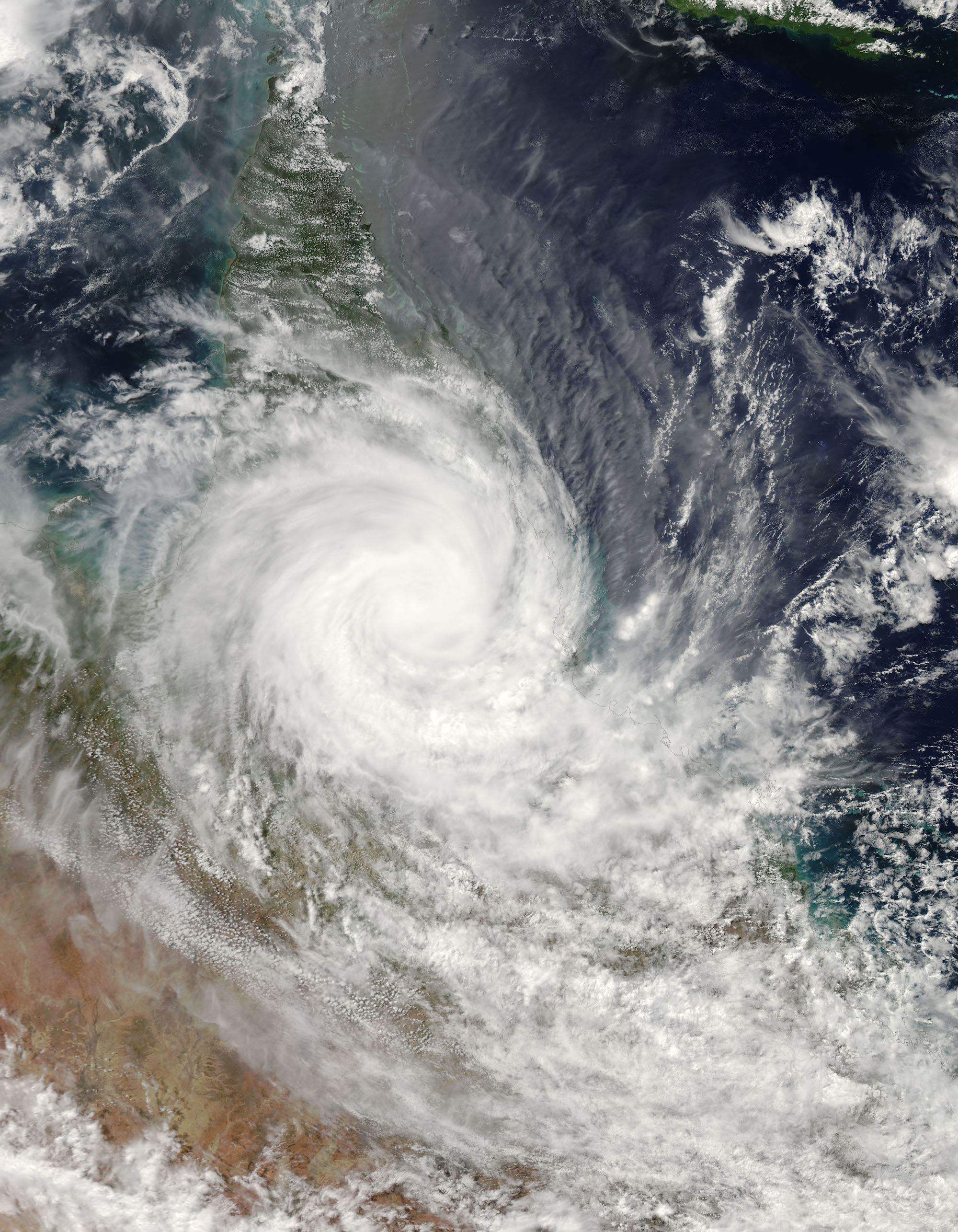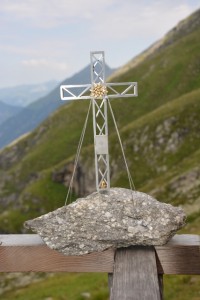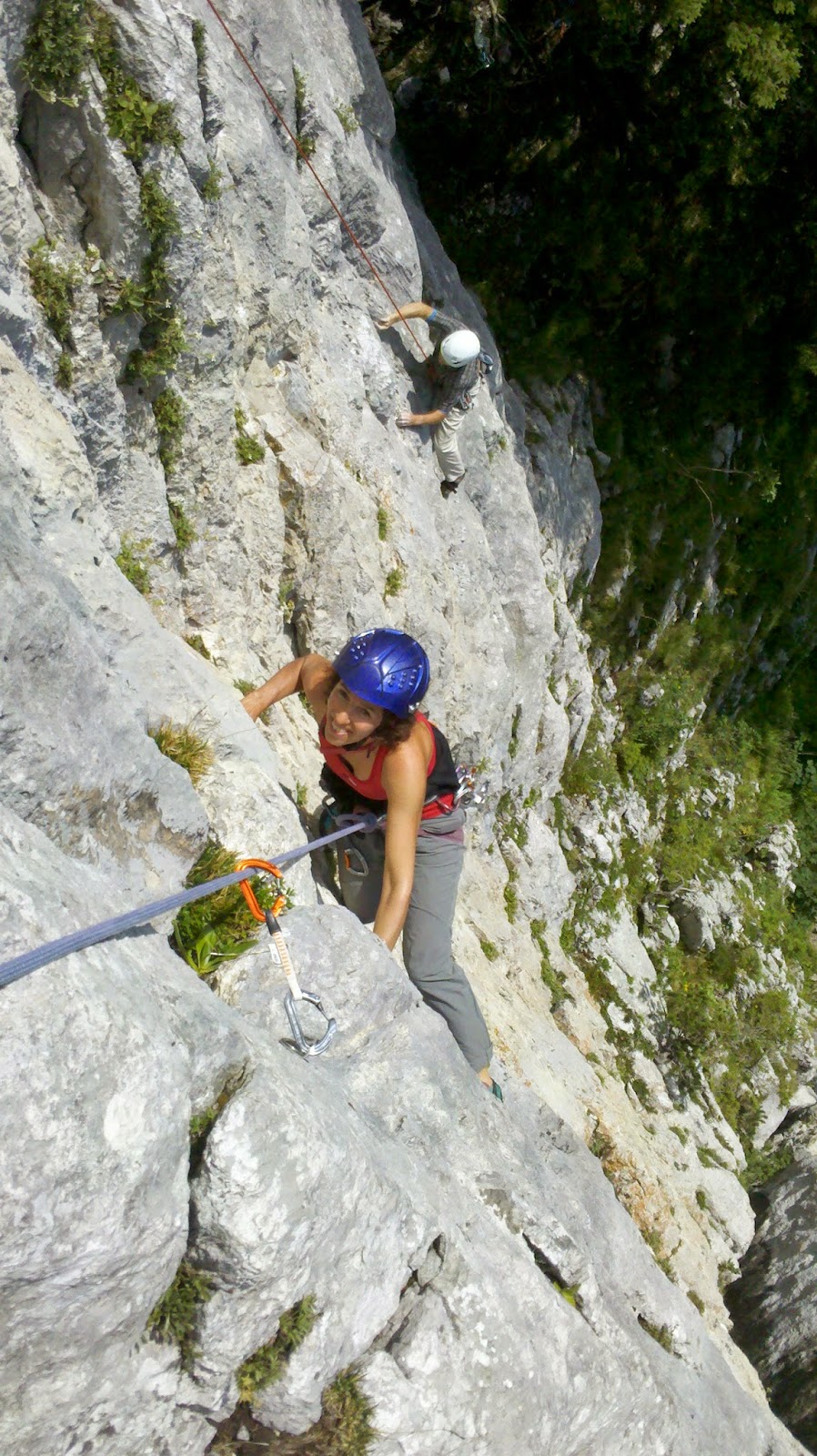Is a dramatic shift in weather patterns on the horizon, potentially bringing a sudden end to the warmth and sunshine?
The upcoming week promises a stark contrast: initial warmth and even heat will give way to a significant meteorological downturn. This dramatic change, often referred to as a Wettersturz in German, or a weather collapse, is a phenomenon that can swiftly transform pleasant conditions into something quite different. Understanding the nuances of such shifts is crucial for anyone who enjoys outdoor activities, especially in regions prone to volatile weather.
The concept of a Wettersturz is essentially a sudden and often dramatic deterioration in weather conditions over a relatively short period. This can manifest in a variety of ways, from a rapid transition from sunshine to rain or snow, to the onset of fog, or even the arrival of a full-blown storm. Such abrupt changes pose particular challenges and dangers in mountainous terrain, where conditions can become treacherous with little warning. The impact of a Wettersturz extends beyond mere inconvenience; it can significantly affect outdoor activities, infrastructure, and even human health.
The initial part of the week will be characterized by a continuation of warm and even hot temperatures. Southern regions, in particular, can expect a continuation of the heatwave that has been gripping the area, with the mercury rising to uncomfortable levels. This is often due to the influence of high-pressure systems that bring clear skies and allow for intense solar heating. However, as the week progresses, a significant shift in weather patterns is anticipated. This transition is often triggered by the arrival of a low-pressure system, which brings with it cooler air and the potential for precipitation. The interplay of these pressure systems creates the conditions for a Wettersturz, leading to a dramatic change in the prevailing weather conditions.
The origins of a weather collapse are multifaceted, often stemming from the interaction of various atmospheric systems. Factors such as the movement of air masses, the influence of jet streams, and the presence of low-pressure systems all play a role in determining the nature and severity of the shift. The collision of warm and cold air masses is a primary driver of these changes, with the colder air often pushing under the warmer air, forcing it upwards and leading to the formation of clouds and precipitation. The speed at which these changes occur can vary, but the defining characteristic of a Wettersturz is its sudden and unexpected nature.
The consequences of a Wettersturz are far-reaching and can affect a variety of aspects of daily life. In mountainous regions, the rapid onset of rain or snow can increase the risk of avalanches and make travel extremely dangerous. In other areas, the impact may be felt in terms of disruptions to transportation, such as flight delays or road closures. Outdoor events, such as festivals and sporting competitions, may be forced to cancel or postpone due to the adverse conditions. The health of vulnerable populations, such as the elderly and those with respiratory conditions, can also be significantly impacted by the sudden change in temperature and humidity.
The upcoming weather shift is not just a matter of a change in temperature. It represents a broader alteration in atmospheric conditions, including wind patterns, cloud cover, and precipitation levels. The arrival of a low-pressure system often brings with it increased wind speeds, which can exacerbate the impact of the change in temperature and contribute to the formation of storms. The shift in cloud cover can also have a significant impact on the amount of sunshine received, leading to a decrease in solar radiation and a feeling of chilliness. Precipitation, whether in the form of rain, snow, or sleet, can further complicate matters, making outdoor activities difficult and increasing the risk of accidents.
As the warm air retreats and the cooler air advances, the contrast in temperatures can be quite striking. This can lead to a feeling of sudden coldness, even if the temperature remains above freezing. The combination of cooler temperatures, increased wind speeds, and precipitation can create conditions that are far less hospitable than the warmth and sunshine that preceded them. This is why it is essential to be prepared for the possibility of a Wettersturz, particularly if you are planning any outdoor activities.
The specific timing and intensity of the weather collapse can vary, but meteorologists are generally able to provide forecasts that offer insights into the likely progression of events. These forecasts rely on sophisticated computer models and the analysis of atmospheric data to predict the arrival of low-pressure systems and the associated changes in weather patterns. By consulting weather forecasts, individuals can gain a better understanding of the expected conditions and make informed decisions about their activities.
The impact of the Wettersturz on human activity can be significant, particularly in areas that are already experiencing the effects of climate change. The increase in extreme weather events, including both heatwaves and cold snaps, poses a greater risk to public health and safety. The ability to adapt to these changing conditions, whether through infrastructure improvements or changes in individual behavior, is essential for mitigating the negative effects of climate change. Increased awareness and preparation are crucial, and the ability to accurately predict such shifts allows for proactive measures to be taken.
The arrival of cooler air is expected to bring a noticeable change to the atmosphere. These cooler air masses are often associated with a decrease in temperature and an increase in precipitation. The transition can occur rapidly, and it is important to be prepared for the shift in weather conditions. The contrast in temperatures can be especially pronounced, and the combination of cooler temperatures, increased wind speeds, and precipitation can create conditions that are far less favorable than the warmth and sunshine that preceded them.
In areas prone to extreme weather conditions, the potential for a Wettersturz can be particularly high. Regions near mountainous terrains, or those experiencing rapid changes in temperature and humidity, are at a greater risk. For those planning outdoor activities, it is important to be aware of these risks and to take the necessary precautions. This might include checking weather forecasts, packing appropriate clothing, and being prepared to adjust plans if necessary.
The potential for extreme weather, including storms and heavy precipitation, is another key element of the weather shift. These events can pose a significant threat to public safety and can also lead to disruptions in infrastructure and transportation. The ability to prepare for these events, and to respond effectively in the event of a severe storm, is a vital element of emergency preparedness. It requires a combination of individual and governmental preparedness.
The anticipated weather shift also highlights the importance of staying informed about changing conditions. This means checking weather forecasts regularly, and being prepared to adjust plans as conditions evolve. Being aware of the risks associated with changing weather patterns allows individuals to make informed decisions and to take appropriate precautions to ensure their safety.
The shift in weather patterns is not just a matter of inconvenience; it represents a broader change in atmospheric conditions. The ability to understand these changes, and to adapt to them, is vital for navigating the challenges of changing weather. It requires a combination of scientific understanding, technological innovation, and public awareness to effectively respond to the impact of the Wettersturz.
The impact of these shifts on outdoor activities such as hiking, climbing, and other recreational pursuits will also be important. The transition from pleasant weather to a more challenging environment will necessitate changes in the clothing and equipment required, and will also require a careful assessment of the risks involved. A sudden change in conditions can quickly transform a pleasant outing into a potentially hazardous situation.
In mountainous environments, the risks associated with weather shifts are even greater. The combination of steep terrain, unpredictable weather, and potential for rapid changes in conditions makes these areas particularly vulnerable. Hikers and climbers should be particularly vigilant about checking weather forecasts and should be prepared to adjust their plans if necessary. The ability to recognize the signs of changing weather, and to respond appropriately, is a crucial skill for anyone venturing into the mountains.




